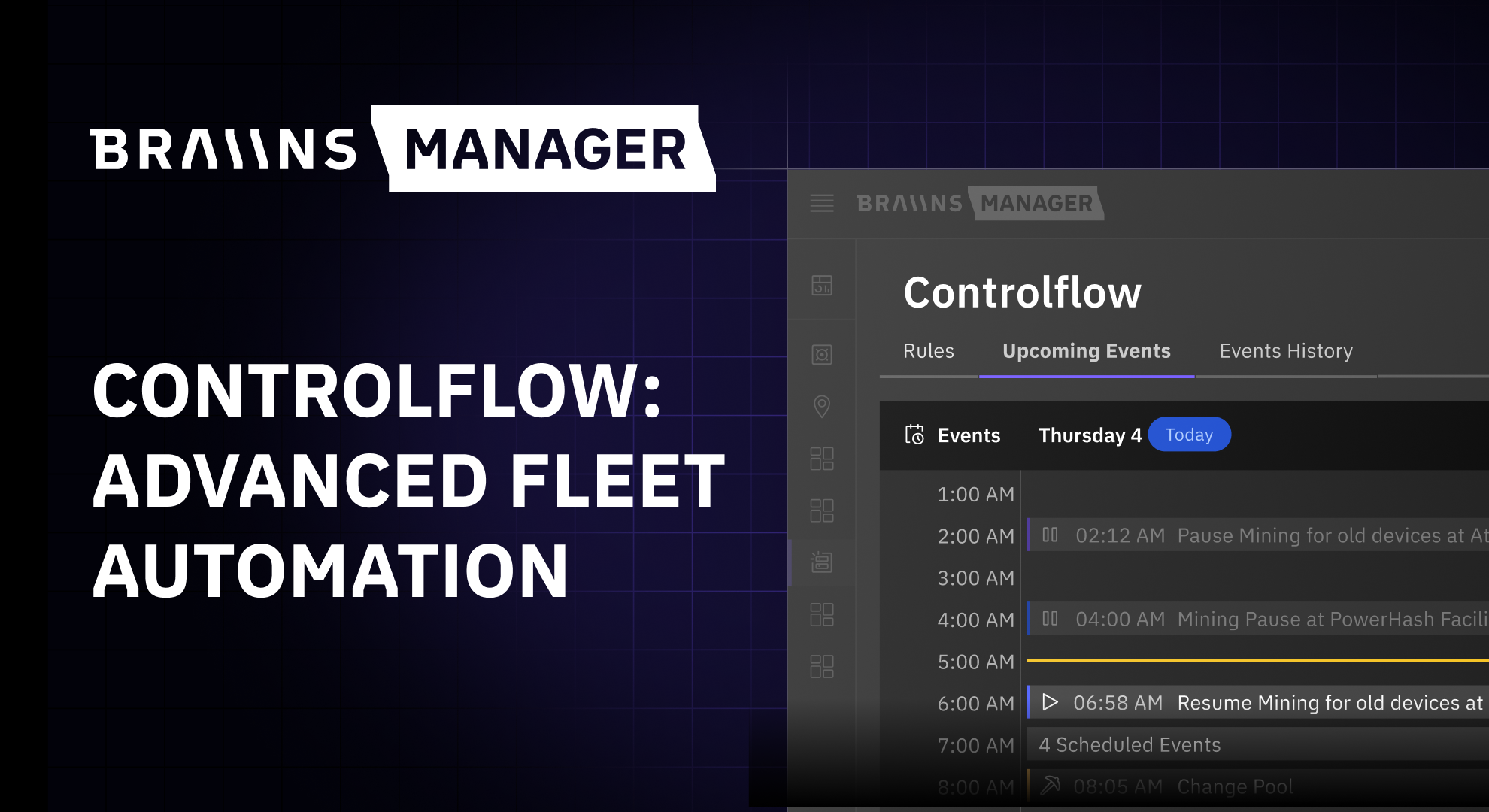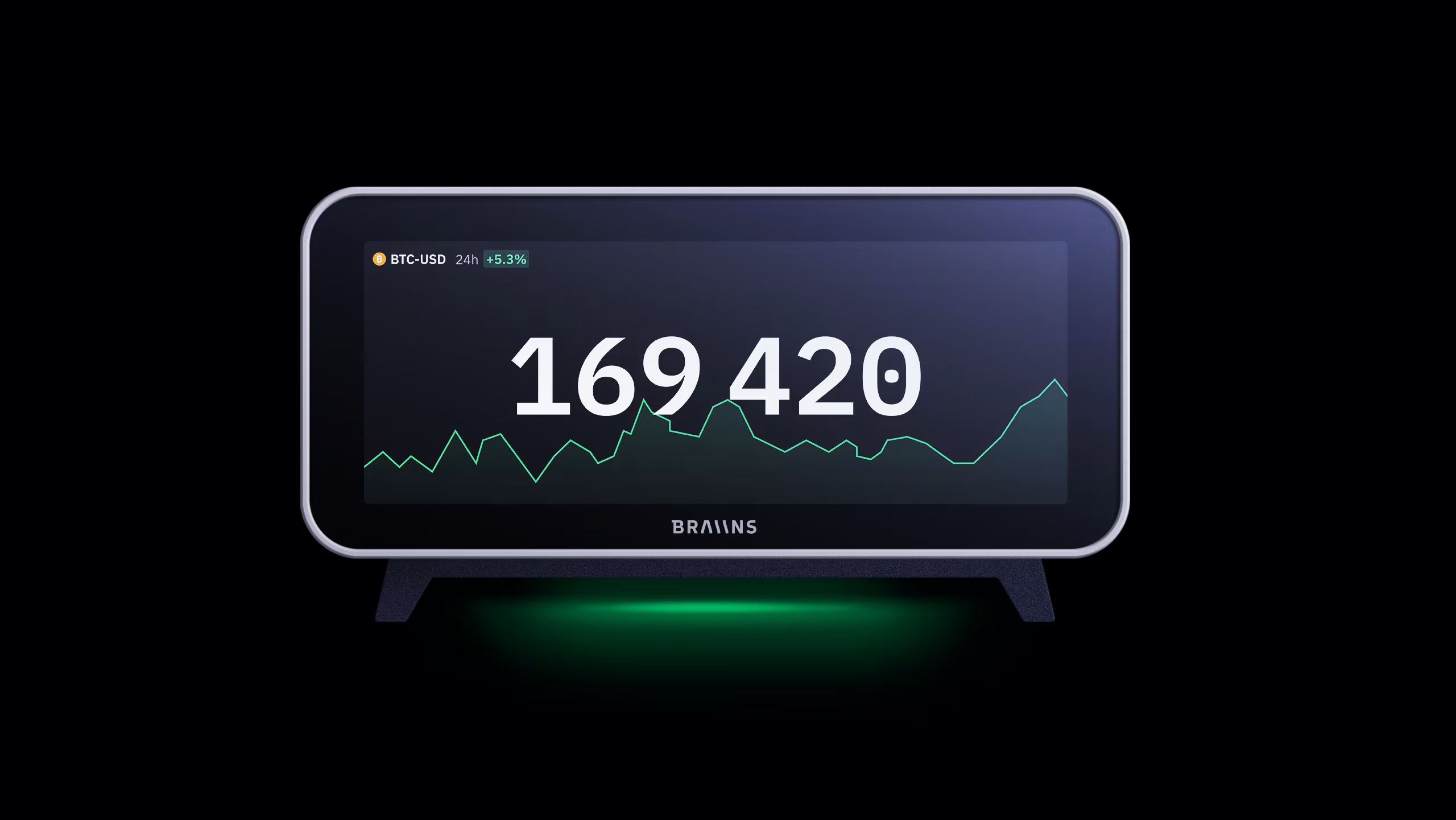Antminer T21 Technical Deep Dive
Published
10.6.2024
Braiins Head of Hardware continues reviewing new Bitmain products. Below, we take a deep look at the T21 190TH, released alongside the S21 200TH in January 2024.
.avif)
Table of Contents
We recently reviewed the Antminer S21, viewing it as a better, stronger, and more efficient brother to the S19, but what about its cousin, the Antminer T21? Why has the S21 taken such a big lead in market share over the T21? To be honest, we can’t truly say.
The common theme here is the striking similarities between the S21 and T21 – in design, firmware, and performance.The biggest differences we’ve seen are in cost and availability – NOT performance. The T21 has a lower cost and higher availability but is about 5% less powerful (in TH) than the S21.
Note: this article contains frequent comparisons between the T21 to the S21. They were released simultaneously, so it only makes sense.
.png)
Executive summary
The T21, frankly, has been overshadowed by the flashier S21. The T21 also has twice the hashrate as its predecessor, but is receiving much less attention in the market.
So, what is so different about it? Find out below.

Hardware - outside
- The T21, much like the S21, comes with its own set of cables
- Unexpectedly, the T21 bears the classic Bitmain design with an extruded body and 3 hashboards inside.
- The PSU case, however, is bigger
- This lets the machine draw more power if the user wishes – aka, higher overclocking.
- The “UI” contains an ethernet port, IP report button, reset button, 2-color LED semaphore, and micro USB interface.
- The biggest difference is that the T21 requires a minimum voltage of 380V. We’ll go deeper into the unit’s power consumption later.
SUMMARY: Bitmain knows what works. They have an established recipe for success when it comes to their hardware – they didn’t need to change much.
Hardware - inside
- The control board is extremely similar to the previous generation.
- The ATX 4-pin connector is used because of stronger fans – again, similar to S21.
- There are 324 total ASIC chips on the T21.
- There are 108 ASIC BM1368 divided into 12 domains per hashboard.
- The chip placement is different here as well, improving heat dissipation and cooling.
- Each chip also has its own temperature sensor – a tremendous improvement on what we’ve seen in the past.
- Generally, there aren’t many differences compared to the S21.
SUMMARY: Again, similar to the S21, the inside of the T21 is centered on cooling. The T21 will also thrive at higher temperatures.
Cooling
- With stronger chips, the T21 also needed stronger fans – 12V DC 4.5A - 54W per fan, 216W total (4 fans)
- These stronger fans also require more wattage.
- Aluminum heatsinks are mounted with spring screws which evens pressure on all chips, leading to better heat dissipation.
- The thermal paste for the chips is blue on the T21, not pink compared to the S21. The color change is one of the few differences we see between the two models.
SUMMARY: With great chips comes great heat. With great heat, comes great heat dissipation. The T21 has you covered there.

Firmware
- Stock
- Like the S21 stock firmware, the T21 stock firmware and GUI allows for better error handling, which in turn makes miner management more efficient.
- Obviously, compared to other options on the market, we feel it is best to explore them (cough, cough)
- 3-phaseBraiins OS
- (Need Braiins OS performance info)
Overall judgment
The T21 has the same hashboard – just a different model name – as the S21. It has the same chips, and the same number of chips as the S21. Do they come from a different bin of chips? If they are so similar, why is there still so much availability in T21 units compared to S21 units?
From what our analysts saw, the biggest difference is in the 3 phase PSU, which has higher power capabilities, which means the miner can use more electricity (read: higher overclocking). Like we mentioned earlier, the higher voltage will allow the T21 to overclock much easier than other models. For miners who like to dial things up, this machine is for you.
So, the T21 has incredibly similar specs to the S21, but better availability and lower price. All in all, considering specs, market conditions, and power capabilities, the T21 is a terrific option for miners who prefer overclocking during a bull run.
Categories
Be the first to know!
Read Privacy Policy.
Most Recent Articles
.png)
The Best Bitcoin Conferences & Events of 2026
29.12.2025

Introducing Controlflow: Advanced Automation in Braiins Manager
9.12.2025



